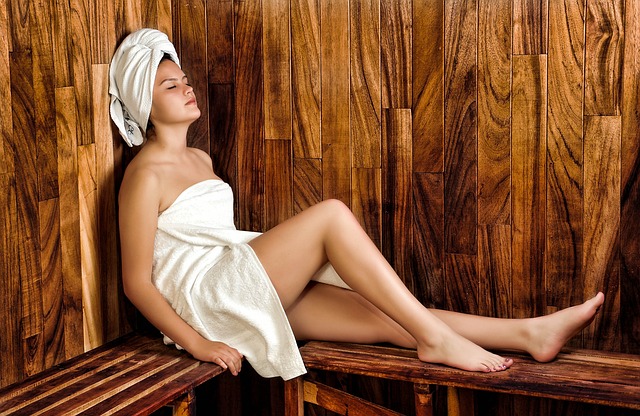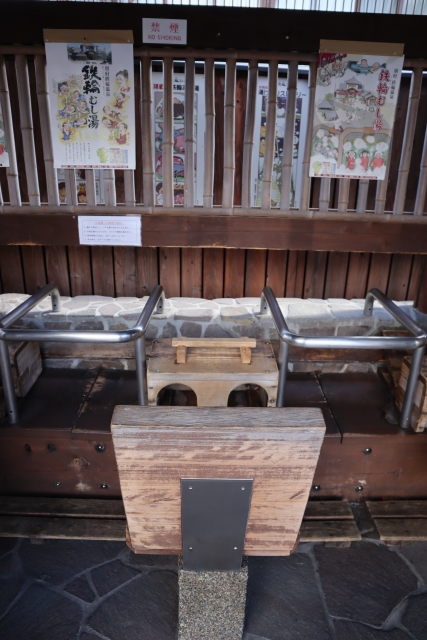
Yesterday, we went to a hotel in the city for an overnight stay. My university-aged daughters are on a three-week break and wanted to go on a trip. Domestic flights are quite expensive, and with high gas prices, I didn’t feel like traveling far.
So, we chose a nearby place to enjoy. Both yesterday and this morning, we went to the sauna and pool, and they seemed satisfied.
I am not good with hot saunas. I can’t stand the breathlessness.
However, the current trend is to go from a hot sauna to a cold bath. They were talking about “getting into the zone” in the sauna, and being out of touch with trends, I had no idea what they were talking about. They said it regulates the autonomic nervous system. Seeing them so excited about going to the sauna was a world I couldn’t quite understand.
However, even for someone like me, after the sauna, I felt refreshed and my complexion and skin tone improved remarkably, so I began to think there might be some effect.
By the way, in Japan, the habit of bathing in a tub as we do now started in the Edo period.
Many Japanese probably believe that traditional Japanese bathing means soaking in hot water, the “onsen” style. However, the bathing method of soaking in hot water became common outside of hot spring areas and established as a habit among the general public only after the Edo period. Before that, the main method of bathing was “steam bathing,” which warms the body with steam or heat, akin to a sauna.
Imagining the technology of the past, it’s understandable how difficult it must have been to maintain the amount and cleanliness of bath water safely. Generally, creating steam was much easier and more energy-efficient than producing a large amount of hot water, efficiently promoting sweating for many people.
Many Japanese probably believe that traditional Japanese bathing means soaking in hot water, the “onsen” style. However, the bathing method of soaking in hot water became common outside of hot spring areas and established as a habit among the general public only after the Edo period. Before that, the main method of bathing was “steam bathing,” which warms the body with steam or heat, akin to a sauna.
Imagining the technology of the past, it’s understandable how difficult it must have been to maintain the amount and cleanliness of bath water safely. Generally, creating steam was much easier and more energy-efficient than producing a large amount of hot water, efficiently promoting sweating for many people.
Was the origin of Japanese baths actually saunas!?
The steam baths that have continued since the Kamakura period are said to be Japan’s traditional bathing style.
You can enjoy the steam bath, considered the root of hot springs, at the “Kannawa Steam Bath” facility in Beppu Onsen. Here, the floor is covered with medicinal herbs called Sekisho (sweet flag), and you lie on top of it to sweat.
Here’s a photo of the free foot steam bath on the premises:

The medicinal herbs are truly appealing. I’d love to visit someday.
Humans get energy from food, but it seems we can also absorb energy through our skin. Therefore, a steam bath with medicinal herbs might be extremely effective.
Yomogi (mugwort) steam baths and Moringa steam baths are also good. Soaking in a bath with wild herbs you like would be nice too.
I don’t know the numerical effectiveness of how much energy can be absorbed through the skin or how much waste can be expelled as detox through the skin.
However, the “pleasant feeling” you get from sweating is something everyone can certainly experience.
As something that can refresh both body and mind, I felt for the first time that I want to incorporate saunas and steam baths more into daily life after this sauna experience.